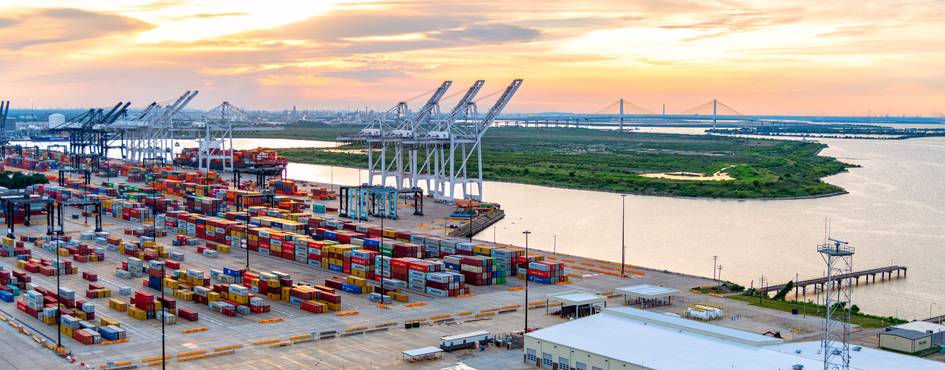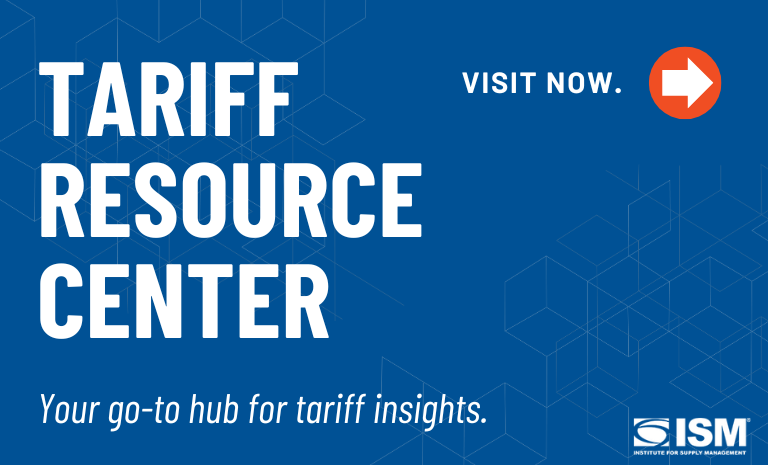Tariffs Strategy: Foreign Trade Zones

As manufacturers and supply chain professionals look for ways to mitigate the impact of tariffs, foreign trade zones (FTZs) stand out as a potential strategy — at least to delay the inevitable duties and retain needed cash flow.
FTZ benefits can be a key economic development driver for companies, says Nick Baker, a Houston-based managing director, trade and customs practice at Kroll, a global risk and advisory solutions firm. There has been an uptick in interest in the program, he adds.
What Is an FTZ?
According to U.S. Customs and Border Protection (CBP) in a 2024 statement, FTZs are “secure areas” that are supervised by the agency and “generally considered outside CBP territory upon activation. Located in or near CBP ports of entry, they are the U.S.’s version of what are known internationally as free-trade zones.”
Foreign (as well as domestic) merchandise can be moved into the FTZs, whether for storage, processing, exhibition, manufacturing and assembly.
“Under zone procedures, the usual formal CBP entry procedures and payments of duties are not required on the foreign merchandise unless and until it enters CBP territory for domestic consumption,” according to the CBP statement.
This isn’t a duty elimination, like the de minimis rule (which will be disbanded August 29) has been for shipments of US$800 or less, Baker says. It’s a delay or deferment.
Among other benefits, FTZs enable companies to:
- Have greater cash flow in the meantime, while merchandise is still in the FTZ, he says. “A company could say, ‘We’re willing to put the capital up to buy it, but we’re not yet ready to pay a tariff,’ ” he says.
- Lock in a tariff rate. With all the certainty and see-sawing pertaining to tariffs, a company might feel it is more strategic or beneficial for planning if the item is subject to a known tariff rate as opposed to being at the whim of a potential change in tariff, Baker says: “It’s like, ‘I’d rather lock in 5 percent now than risk paying 10 percent or 15 percent later.’ ”
- Store goods indefinitely, until the market is in a better position or there is greater demand.
Of course, there are other costs that are incurred by using an FTZ.
“It’s not a simple commercial equation,” Baker says. Companies must look at all the commercial costs, like the FTZ warehouse rent, labor costs — somebody has to run the warehouse facility — and compliance costs. “You may need specialized software or enhanced physical security,” Baker says. “We quantify all that and balance it against what the savings are.”
Savings calculations differ from those of the past, especially given the variance in tariff rates among countries and types of goods. In the past, Baker says, tariffs or duties for raw materials have been higher than the duties for finished products: “So, if you brought in a higher-dutied raw material and manufactured a finished product — and did that in a foreign trade zone — you paid the duty based on the finished product rate.” This has been known as the “inverted tariff” benefit.
That no longer applies, as the recent tariffs have taken away that benefit. Consequently, cash flow has become a greater driver behind use of FTZs, Baker says.
Manufacturing in an FTZ
There also are some benefits to manufacturing in a foreign trade zone. Not only does this aid in reshoring efforts, but it offers export advantages.
“Let’s say you bring raw materials into the FTZ, you use them in manufacturing goods — some of which are for domestic consumption, some for the export market,” Baker says. You must pay the tariffs on the raw materials for the domestically consumed items. But you don’t have to for the exported goods, he says.
The automotive, retail, electronics and pharmaceutical industries are among the users of FTZs.
The FTZ program can be a solution to at least alleviate some of the tariff pressures while also satisfying policy and investment goals, Baker says.

